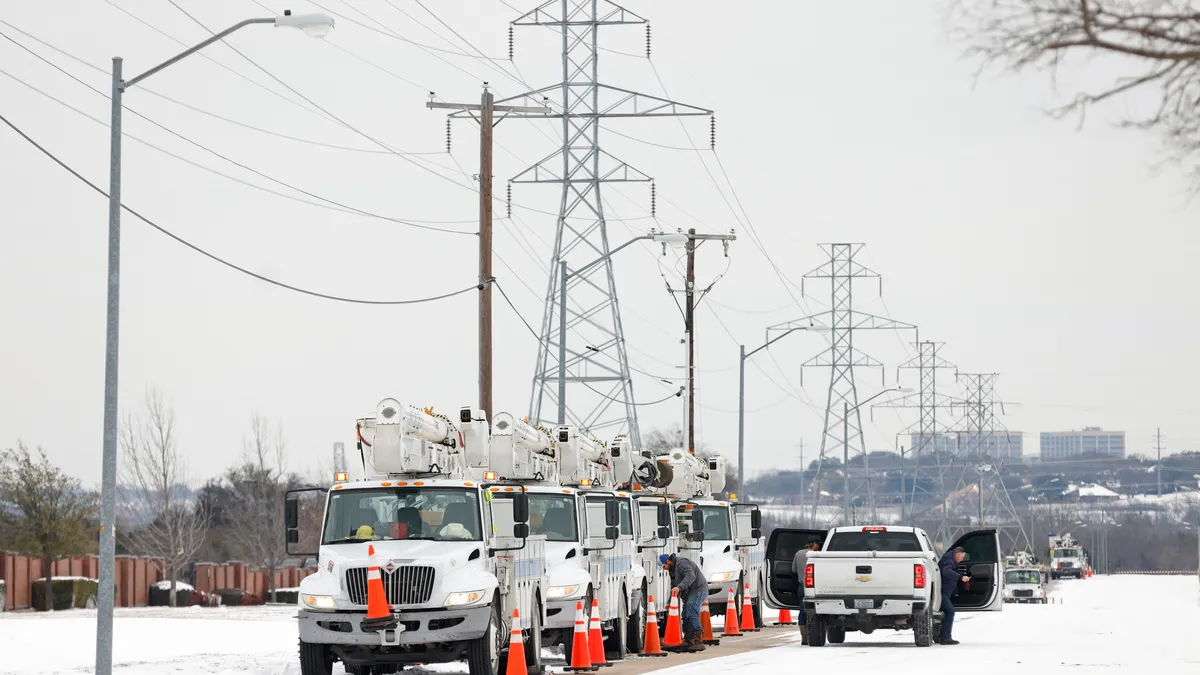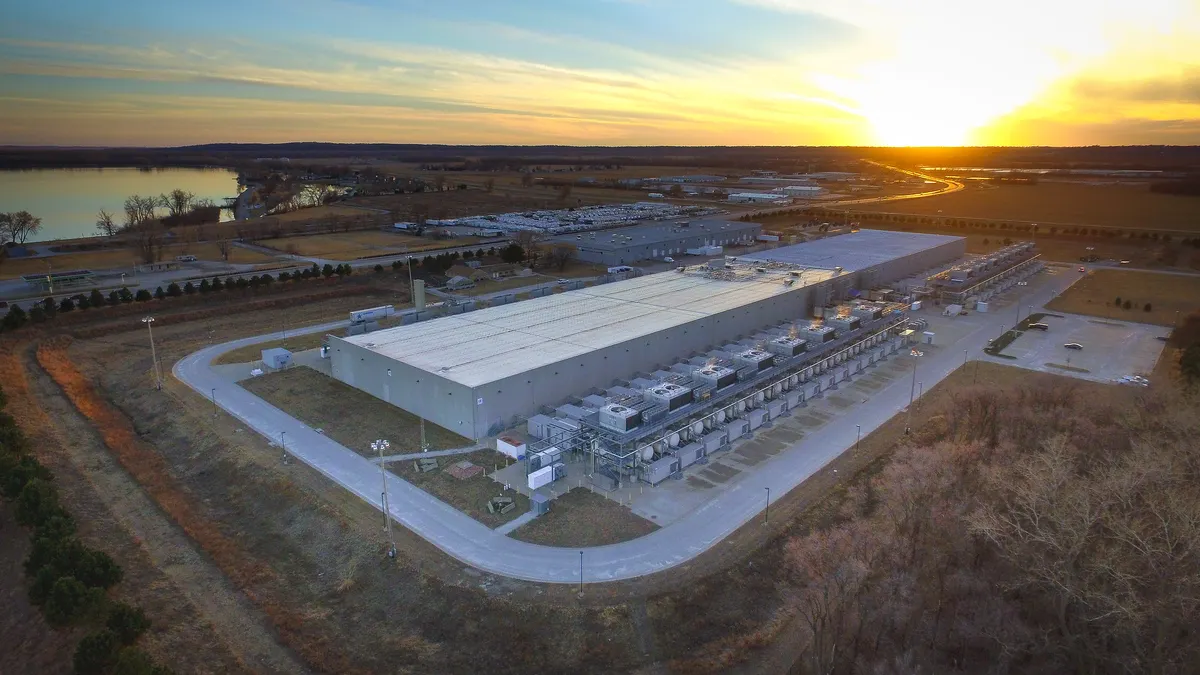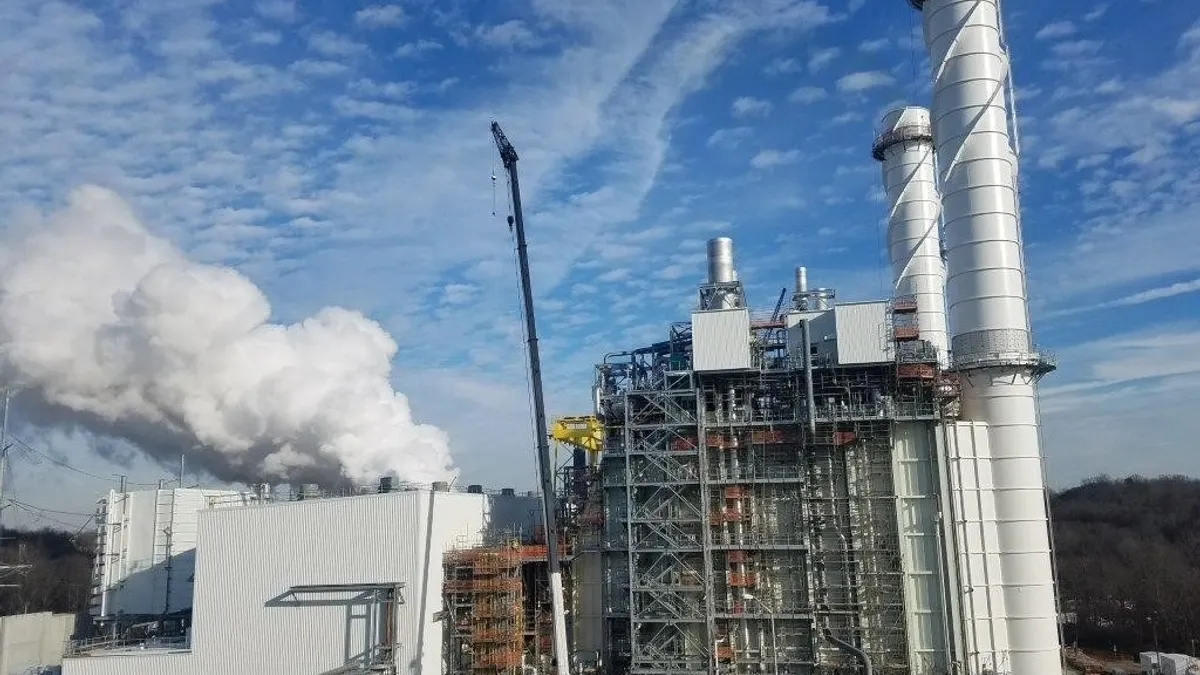The following is a contributed article by Rick Boucher, a Democrat who represented Virginia's 9th Congressional District from 1983 to 2011 and is a former chairman of the House Energy and Commerce Committee's Subcommittee on Energy and Air Quality. Boucher currently consults on public policy matters for companies in the energy industry.
It's understandable that most electricity consumers don't think about reliability until the lights go out. After all, the U.S. power grid's nearly perfect operation is easy to take for granted, largely because officials have usually kept reliability of the electricity supply in sharp focus. That observation comes from my work for 25 years as a House Energy and Commerce Committee member and as chairman of the Energy and Air Quality Subcommittee, which oversees the Federal Energy Regulatory Commission (FERC), the agency that regulates the transmission and sale of electricity at the wholesale level.
Two extreme weather events — last year's blackouts in California and the Texas power outages in February — have cast into stark relief the reason why FERC should approach the need for grid reliability with a heightened sense of urgency.
The threat to reliability is real. The North American Electric Reliability Corporation (NERC) issued a 2021 Summer Reliability Assessment that outlines the risks still present in both Texas and California, noting that Texas is at "elevated risk" for emergencies. The same report finds that California is not only at risk during hot summer days, but even during normal peak demand. In addition, the entire Western Interconnection, MISO and New England could also be on the brink of trouble.
NERC isn't alone in raising the alarm. In 2013, along with Former FERC Chairman Curt Hébert, I co-chaired a Bipartisan Policy Center study on electricity reliability. Current FERC Commissioner Allison Clements was a member of our task force. Our report found that the U.S. electric power sector will experience a profound transition over the course of a decade, creating implications for the cost, reliability and environmental impacts of electricity. That prediction has proven to be true as we have experienced more extreme weather events and as electricity generated by renewables constitutes a growing portion of our energy mix.
As for specific recommendations to improve reliability, FERC and other stakeholders have options:
First, FERC should direct natural gas producers and pipeline operators to communicate closely with electricity generators on meeting reliability needs, helping to ensure there will no shortfall in meeting electricity demand. Natural gas is increasingly a major source of fuel for electricity. Unfortunately, sometimes there can be insufficient communication among these components regarding scheduling operations for the timely delivery of natural gas which can lead to a breakdown in the provision of reliable power.
There should be a comprehensive assessment of the operational relationships along the line from natural gas production to power generation and delivery. One focus should be how to ensure greater transparency of natural gas pricing during extreme conditions. FERC can utilize the existing work on the natural gas and electricity relationship and the record built in FERC Order 809 as a starting point.
Second, in light of the ever-increasing dependence on natural gas for electricity generation, FERC should lead an inquiry into how lessons from natural gas supply shortages in Texas can be used to avoid supply interruptions in other regions, such as ISO New England, PJM or California.
Third, NERC could formalize the enforcement of standards for reliability across all stakeholders in the electric grid. These standards would require all electric grid operators to prioritize a uniform set of engineering metrics and practices so that individual grid operators do not diminish the reliability standards in favor of unrelated policy objectives.
Across the nation, the task of monitoring the electricity grid and ensuring reliability of power flows is carried out by regional transmission organizations (RTOs). The largest of these by market size is PJM, which serves all or parts of 13 Mid-Atlantic states and the District of Columbia. But the monitoring of grid reliability through oversight of the RTOs is the job of FERC which ensures the primacy of electricity customers in grid operations. FERC certainly has its hands full with issues ranging from lowering carbon emissions to ensuring affordable electricity, but nothing matters more than reliability. That is the number one focus for customers, and it must be the highest priority for FERC.
To our advantage, my home state of Virginia is not Texas. Unlike Texas' isolated grid, the PJM which serves us is highly connected with surrounding power systems and supervises a capacity market to meet unexpected levels of demand. We can count on sufficient power during emergencies because among other safeguards PJM secures power three years in advance of expected need.
In the PJM market, competition ensures that suppliers that fail to operate as expected during severe weather conditions will face financial penalties or loss of business. This reality creates a strong incentive to perform reliably even during the most extreme weather circumstances. Notably, during February's severe cold front, PJM exported substantial amounts of power to other regions while consistently meeting demand within the PJM region. The competitive nature of PJM did not lead to a reliability shortcoming even during the worst weather conditions, and in fact, led to PJM helping other regions overcome their own reliability challenges.
Virginia has other reliability advantages. State leaders have created momentum for a more competitive power market by enacting the "Mandatory Utility Green Power Option." The new law allows customers to buy electricity from alternative power companies if their regular provider doesn't offer a 100% renewable energy option. Such a move toward energy choice should bolster grid reliability, since it has been shown that competitive markets offer reliability advantages over monopolies. For example, competitive price signals in the New York market, where NYISO manages grid operations, have led to 12,512 MW of new generation, substantially increasing reliability.
With a rapidly changing climate and a nationwide move toward renewables, which have attendant power storage challenges, and given the high-profile electricity system failures of the past year, the message should be clear: now is the time to redouble the focus on grid reliability. American families are counting on FERC and other policymakers to get it right.






















